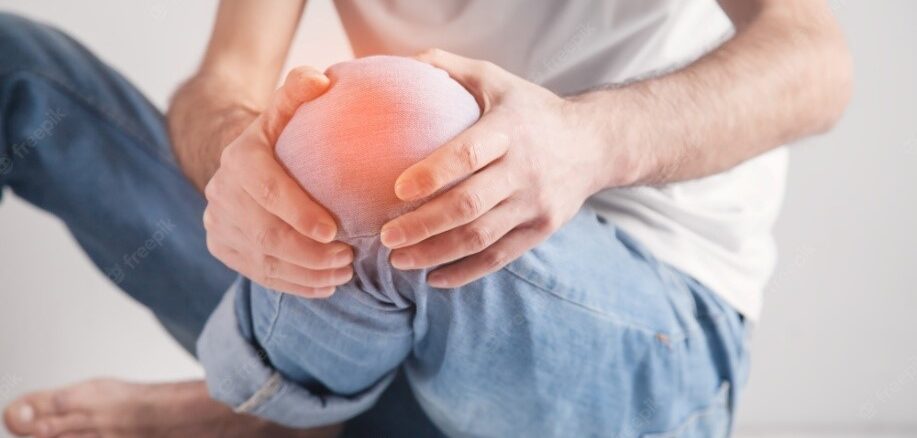- December 6, 2022
- GBH Staff Members
- Comment: 0
- Health Tips
Joint pain is frequent and is most felt in the hands, feet, hips, knees, or spine. Pain might be persistent or intermittent. The joint may feel stiff, achy, or sore at times. Some individuals report sensations of burning, throbbing, or “grating.” Furthermore, the joint may be tight in the morning but will relax and feel better with movement and activity. However, excessive activity may aggravate the pain.
Aches and pains in the joints are frequently related to changes in weather, particularly the colder temperatures of winter. Although it is unclear why some people react to weather changes while others do not, there are numerous steps you may do to be more comfortable and lower your risk when the weather becomes chilly.
What causes the pain and stiffness caused by the cold?
There is no single explanation for why cold weather affects your joints. Drops in barometric pressure cause tendons, muscles, and surrounding tissues to expand, according to one idea. Because of the tight space within the body, this can cause pain, particularly in arthritis-affected joints.
Reduce your risk for joint pain in winter:
- Dress in layers to reduce the impact of cold weather on your body.
- Maintain a healthy weight to reduce strain on your joints, particularly your knees.
- Avoid putting undue tension on your joints during everyday activities.
- Apply heating pads to sore spots. Heat aids in muscle relaxation.
- Get a good night’s sleep, eat nutritious food, and have a happy attitude.
- Exercise can help you build muscular and bone strength. This relieves pressure on your joints, making them less susceptible to damage.
- Get up, walk around, and be active both inside and outside. Stretching before going outside will help to loosen up stiff joints. Staying active in the winter protects your muscles and joints. Keeping warm might help you avoid cold weather joint pain, particularly if you run outside in the winter. Here are some tips for keeping warm and avoiding cold-weather joint pain:
- Warm up by stretching for five minutes or longer. Warm-up activities improve your cardiovascular system by improving blood flow to your muscles and increasing body temperature. Warming up before exercise decreases joint stiffness and helps to avoid joint problems.
- When running outside, dress in layers. Although you may want to run in as little clothing as possible under ideal weather, winter running can be very different. To combat the chilly shock your body feels from winter jogging, dress warmly, especially at the outset. Cover your extremities so that they require less blood flow to be warm, enabling your joints and soft tissues to circulate freely. As your body heats up, you can remove layers as needed, such as wrapping a jacket around your waist or putting a scarf in your pocket.
- When you need to take a break from running, keep walking so your knee joints do not become cold and start to pain. Staying flexible while catching your breath can help you avoid muscular tightness and joint stiffness, maintain proper blood flow, and keep your rhythm and motivation continuing.
- Cool down properly: Do some stretching exercises quickly after jogging to reduce muscle tightness that happens after extended exertion. After a lengthy run, a quick walk or mild jog gives oxygenated blood to your muscles, providing them with energy, hastening recuperation and reducing painful regions. It is a good idea to cool down with a stroll or mild jog after your run and before you begin stretching. Before you sit down to rest, make sure you stretch your muscles.
- Get enough rest: Too little sleep can aggravate your pain.
- Maintain an optimistic attitude. Do things that make you joyful to distract yourself from the discomfort.
- If these steps do not help, consult your doctor about medication or other treatment alternatives.
If things are not going well, for evaluation and treatment, visit an orthopaedic doctor. An orthopaedic expert can analyse the cause of your cold-weather knee pain and recommend appropriate treatment choices.
Conclusion
Winter can be difficult for individuals who suffer from joint pain. It is critical to take a step back and evaluate the issue. Investigate how your joints react to colder temperatures. Then, figure out whatever lifestyle adjustments can help you (and your joints) feel better. You will be better able to nurture your joints if you go into the winter season prepared.
Still, having trouble? Consult your doctor about medicines and lifestyle changes that can help you get through the winter with less pain.


